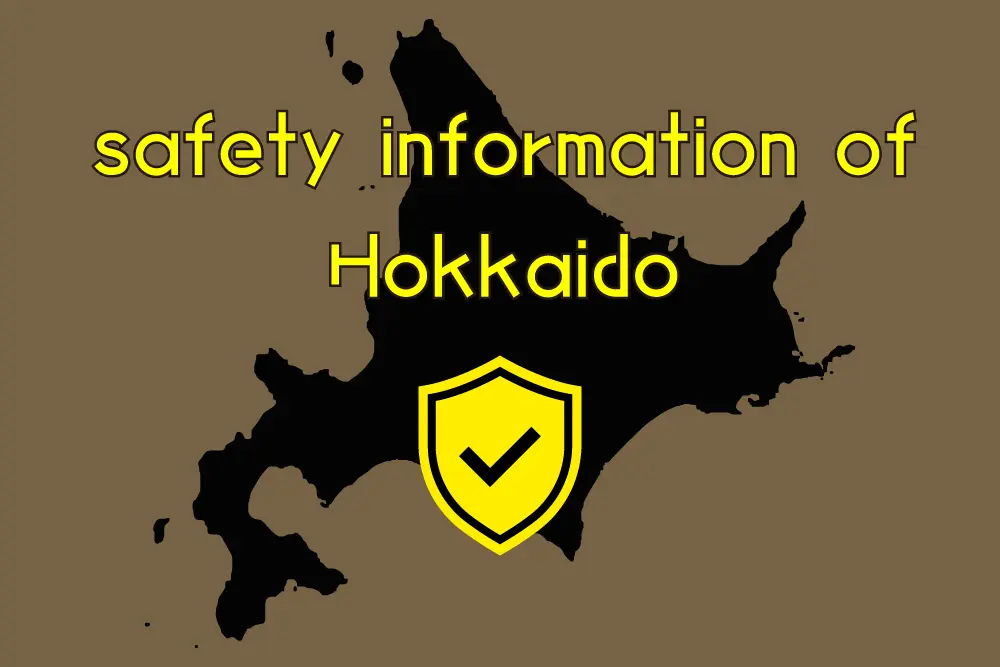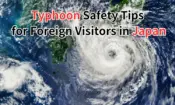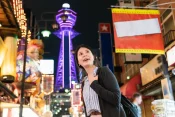Comprehensive Hokkaido Safety Guide: Travel Tips, Natural Disasters, and Emergency Information
Hokkaido, the northernmost island of Japan, is a destination that offers breathtaking natural beauty and a unique cultural experience. Known for its stunning landscapes, delicious food, and outdoor activities, Hokkaido is also a place where safety is a top priority. This guide aims to provide you with essential safety information to ensure your trip to Hokkaido is both enjoyable and secure.
Geographic and Climate Features
Hokkaido is renowned for its diverse geography, featuring mountains, forests, and coastlines. The climate in Hokkaido varies significantly throughout the year, with four distinct seasons:
- Spring (March to May): Mild temperatures and cherry blossoms.
- Summer (June to August): Warm weather, perfect for hiking and outdoor activities.
- Autumn (September to November): Cool temperatures and vibrant autumn foliage.
- Winter (December to February): Cold and snowy, ideal for skiing and snowboarding.
Seasonal Safety Tips
- Spring: Be aware of pollen allergies and sudden weather changes.
- Summer: Protect yourself from sunburn and stay hydrated.
- Autumn: Watch out for slippery leaves and early frost.
- Winter: Be cautious of icy roads and heavy snowfall.
Information on Natural Disasters
While Hokkaido is generally safe, it’s important to be aware of potential natural disasters:
- Earthquakes: Hokkaido experiences occasional earthquakes. Familiarize yourself with earthquake safety procedures, such as taking cover under sturdy furniture and staying away from windows.
- Tsunamis: If an earthquake occurs near the coast, follow tsunami warnings and evacuate to higher ground immediately.
- Typhoons and Heavy Rain: During the typhoon season (June to October), stay updated on weather forecasts and avoid traveling during severe storms.
Transportation Safety
Getting around Hokkaido is convenient, but there are a few safety tips to keep in mind:
- Driving: If you plan to drive, especially in winter, ensure your vehicle is equipped with snow tires or chains. Drive slowly and carefully on snowy or icy roads.
- Public Transport: Hokkaido’s trains, buses, and flights are generally safe and reliable. Pay attention to announcements and follow any safety instructions provided by staff.
- Cycling and Walking: Be mindful of traffic rules and use designated paths for cycling and walking.
Medical and Emergency Situations
In case of medical emergencies, Hokkaido has well-equipped medical facilities:
- Hospitals and Clinics: Major cities like Sapporo, Asahikawa, and Hakodate have hospitals and clinics that can provide medical care. It’s advisable to have travel insurance that covers medical expenses.
- Emergency Contacts:
- Police: 110
- Fire and Ambulance: 119
- First Aid: Learn basic first aid techniques and keep a small first aid kit with you.
Safety Tips for Travelers
To ensure a safe and pleasant stay in Hokkaido, follow these tips:
- Accommodation: Choose reputable hotels or guesthouses with good safety records. Check for smoke detectors and fire exits.
- Food Safety: Enjoy local cuisine but be cautious with raw foods like sushi. Ensure food is prepared hygienically.
- Outdoor Activities: When engaging in activities like hiking, skiing, or visiting hot springs, follow safety guidelines and be aware of your surroundings.
Community and Support Networks
Hokkaido has a strong sense of community and various support networks for travelers:
- Local Communities: Tourism offices and local governments often provide safety information and assistance. Don’t hesitate to ask for help if needed.
- Traveler Networks: Join online forums and social media groups to share information and get tips from fellow travelers.
Conclusion
Hokkaido is a beautiful and safe destination that offers a wealth of experiences. By staying informed and taking basic precautions, you can ensure a memorable and secure trip. For more detailed information, check out the useful links and resources provided below.









